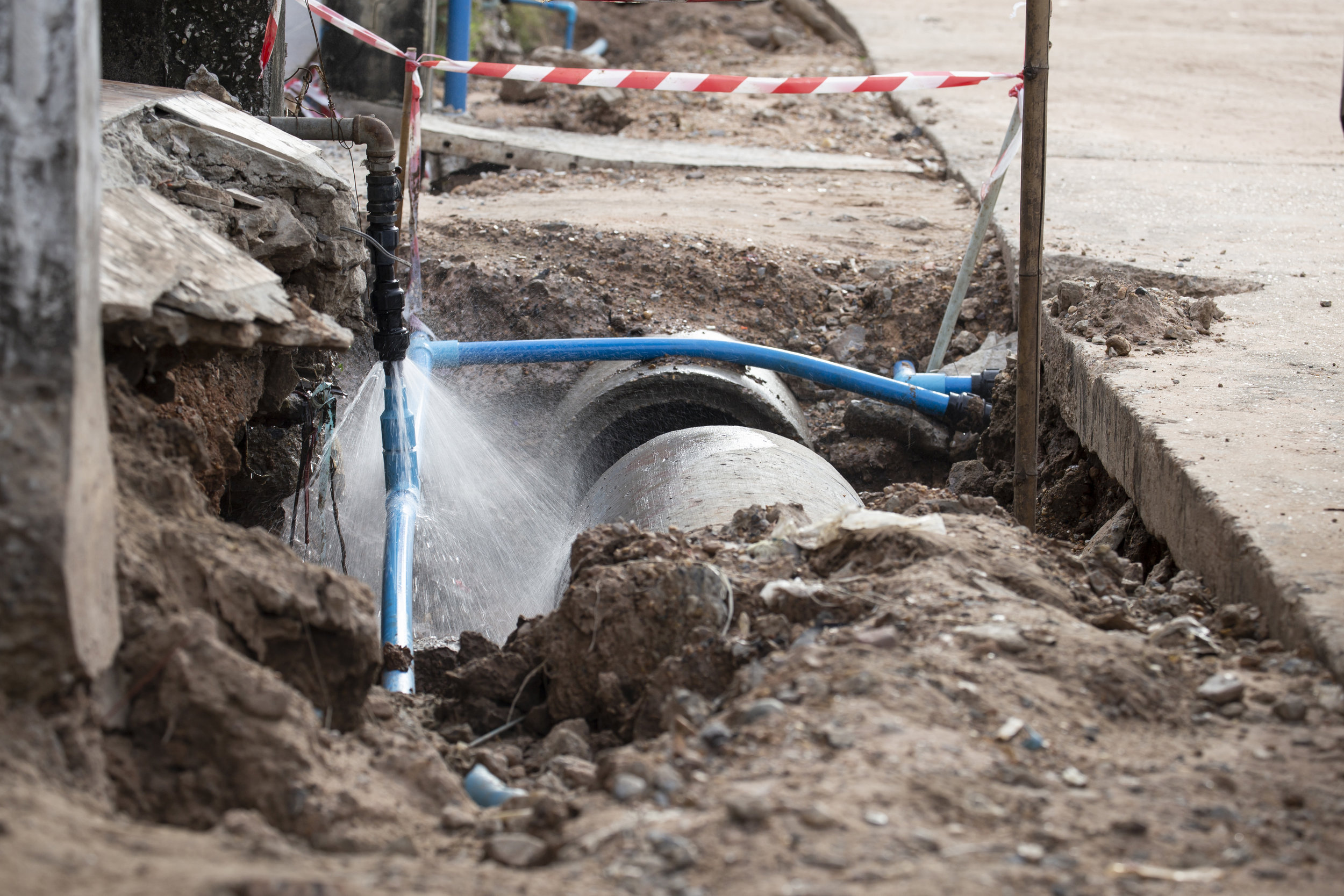While it has been tossed around back and forth for about three years now, the Federal government has still not developed a plan to fund and improve the infrastructure in this country. That applies not just to roads and bridges, but to the millions of miles of pipelines carrying and removing water from millions of homes and facilities throughout the country.
The problem with many of these pipelines is that they are getting very old.
According to a 2017 report, most were installed in the mid-twentieth century right after World War II. That was a unique time in American history when economic growth was considerable, new families were being formed, and the move from the cities to the suburbs was in full swing. Because of this, most of the “new” underground plumbing in this country dates back to the late 1940s. In central cities, however, it is very common to find pipes that are 100 years old, even older.
So, if the Federal government has yet to step up to the plate with infrastructure funding, what are cities like Chicago, Baltimore, Phoenix, San Francisco, and many others that have virtually dilapidated water infrastructure going to do?
They are increasing their charges to deliver, remove, and treat water. For instance, based on recent figures, these are the cities that have passed on to their customers – that’s you and me - the most significant increases in water rates:
• Baltimore 9.7 percent
• Chicago 9.6 percent
• San Jose 8 percent
• Tucson 7.9 percent
• Phoenix 7.5 percent
• San Francisco 7.4 percent
“It’s all going for the [water] infrastructure,” says Jeffrey Raymond, a spokesman for the Baltimore Department of Public Works. “Baltimore has increased its rates by 9 percent or more in eight of the last nine years.”
We must also add that other cities have developed different measures to find more water to modernize their water infrastructure.
For instance, Atlanta has added a 1 percent sales tax with revenues specifically targeted for water infrastructure improvements. While some complain that this tax has most negatively impacted Atlanta’s more impoverished citizens, since it applies to most everything from milk and apples to toothpaste, it has helped the city avoid passing on the mega-water rate increases like those above. City officials have also found that much of the money is coming from commuters and out-of-towners visiting the city.
The results of these local water rate increase have proven significant. San Francisco is spending nearly $5 billion to improve its water infrastructure. In Phoenix, the rate increase has brought in more than $300 million, which has been added to its $1.5 billion program to improve the city’s pipelines.
As admirable as this is – and it is a step forward – the problem is these are mostly “baby steps” addressing the water infrastructure problems in the U.S. Most all experts say as much as a $1 trillion is needed.
When and where that will come from is anyone’s guess at this time. This means that even though they are small steps, we must be grateful that at least some communities are stepping up to the plate and addressing this very pressing issue.
For more information on ways to reduce water consumption, call a Waterless Co Specialist at 800-244-6364










